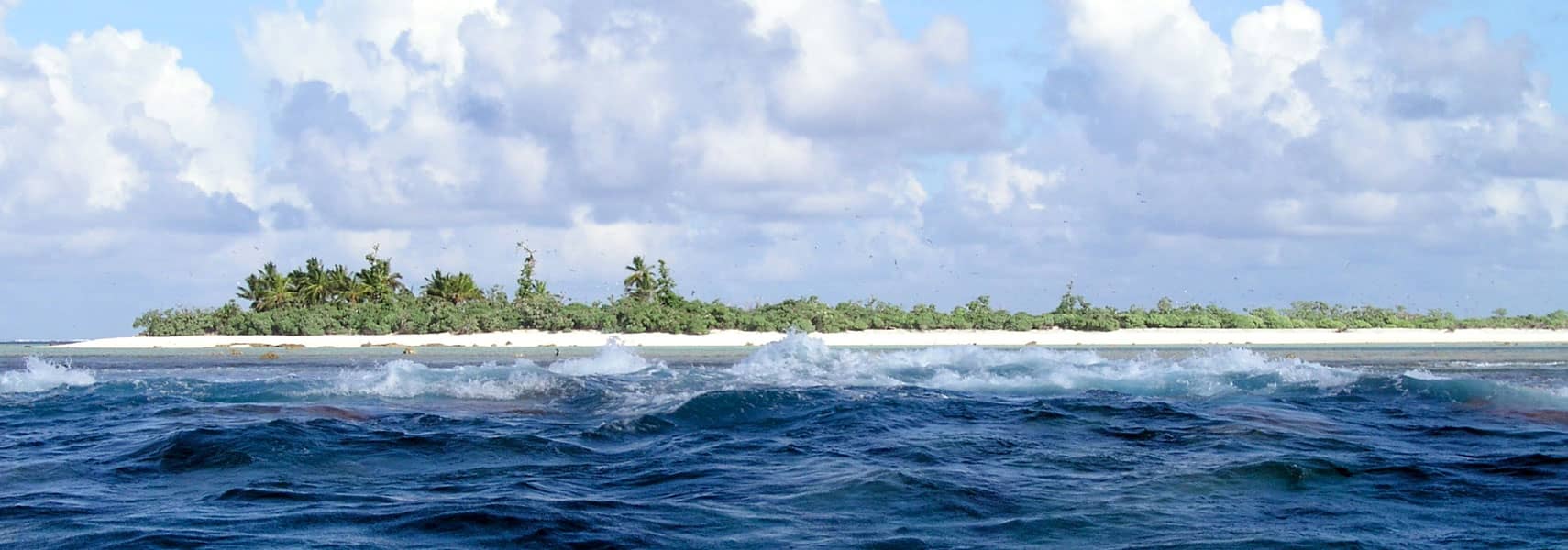Discovering American Samoa: A Unique Archipelago
American Samoa, an intriguing archipelago in the South Pacific, captivates visitors with its stunning landscapes and rich cultural heritage. Comprising seven islands and atolls, this territory’s main island, Tutuila, serves as the cultural and economic heart of the region. As an unincorporated overseas territory of the United States, American Samoa boasts a unique status, making it the only U.S. territory located south of the equator. The islands share maritime borders with several nations, including Samoa, Tonga, Cook Islands, Niue, and Tokelau, creating a diverse cultural mosaic.
Geographic and Cultural Landscape
Sitting to the east of Samoa, American Samoa is approximately 4,200 km (2,600 miles) southwest of Hawaii and 1,200 km northeast of Fiji. Its geographical layout features five volcanic islands: Tutuila, Ta'u, Ofu, Olosega, Aunu'u, and Nu'utele, alongside two coral atolls: Swains and Rose Islands. Notably, Tutuila accounts for about two-thirds of the total land area and is home to nearly 95% of the population, which numbers around 57,000 as of 2021.
A Closer Look at Tutuila
Tutuila, the largest island, is where the capital town of Pago Pago lies. This bustling town not only serves as the administrative center but also reflects the blend of American and Polynesian cultures. Visitors frequently explore vibrant markets, colorful festivals, and other aspects of daily life that beautifully capture the essence of American Samoa.
Historical Insights of American Samoa
The history of American Samoa stretches back to the arrival of Southeast Asian immigrants around 1000 BC. These early settlers gradually expanded their reach across the Polynesian islands, establishing a rich cultural tapestry. European contact began in the early 18th century, with English missionaries and traders arriving in greater numbers during the 1830s, setting the stage for significant changes.
International tensions regarding the Samoan archipelago came to a head with the Treaty of Berlin in 1899, during which Germany and the USA partitioned the region. This agreement established American Samoa's territory, leading to formal U.S. occupation.
The Cultural Fabric of American Samoa
One of the most striking aspects of American Samoa is its harmonious blend of modern American influences and traditional Samoan customs. This cultural coexistence is evident in various facets of daily life, including language, clothing, cuisine, and festivities. The primary languages spoken here include Samoan — closely related to Hawaiian and other Polynesian languages — with about 89% of the population fluent, followed by English and Tongan.
Communal Living and Economic Framework
American Samoa’s economy maintains a traditional Polynesian structure, with more than 90% of land being communally owned. This communal ownership fosters a strong sense of community among residents, reinforcing social bonds and shared responsibilities. The islands’ economic activity heavily relies on its relationship with the United States, underscoring the significance of trans-Pacific commerce.
Turning Tides: Tuna Fishing and Processing
Tuna fishing stands as a cornerstone of American Samoa’s economy, with tuna processing plants driving the private sector's growth. These canneries account for a staggering 80% of employment on the islands. The local economy thrives on the export of canned tuna, showcasing the vital role this industry plays in sustaining the livelihoods of many islanders.
Conclusion: The Allure of American Samoa
In conclusion, American Samoa presents a captivating blend of natural beauty, rich history, and vibrant culture. This unique territory invites exploration and fosters a deep appreciation for its heritage. From breathtaking landscapes and thriving marine life to its distinctive cultural practices, American Samoa stands out as a destination worth discovering.
As travelers seek authentic experiences, the island’s combination of traditional Samoan hospitality and American influences creates a welcoming environment. The legacy of the Samoan islands continues to endure, offering visitors a glimpse into a unique way of life that transcends generations.
American Samoa's charm lies not only in its picturesque views but also in the resilience and warmth of its people. Here, cultural traditions are celebrated alongside modern practices, making the islands a remarkable place to visit and learn. Embrace the opportunity to experience the distinctive allure of American Samoa, a true gem in the heart of the Pacific.
Largest cities of: American Samoa
| City Name | Population | Year of foundation | |
| Pago Pago | 30,000 | 1857 | |
| Tafuna | 15,000 | 1847 | |
| Leone | 6,000 | 1900 | |
| Aua | 4,000 | 1860 | |
| Nu'uuli | 3,000 | 1860 | |
| Fagasa | 2,000 | 1878 | |
| Fagatogo | 1,500 | 1900 | |
| Vaitogi | 900 | 1856 |


